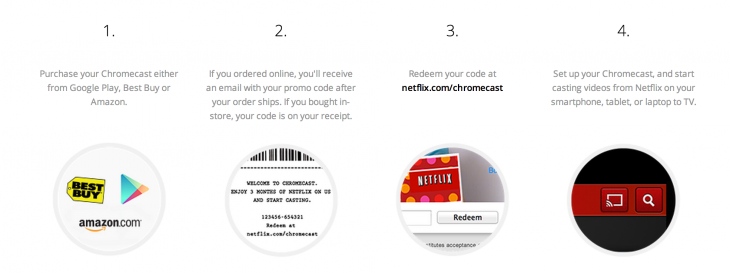
We’ve all done it: one minute you’re happily sitting there sending emails and the next you have that horrible moment of realization that, actually, you hadn’t meant to send that confidential or potentially embarrassing file to that Sam, you meant to send it to the other Sam. The one you actually know and work with.
While potentially embarrassing in our personal lives, you can usually recover. An apology goes a long way. But in a work context when you’re a lawyer or banker where the need for secrecy is imperative – in some cases a legal imperative. For example, when an investment bank is managing a takeover but there are other teams in the same banks that can’t know it is taking place. Sending an email to the wrong Sam in that sort of situation could lead to far more serious consequences than feeling a bit silly.
This is why Quiver, a London-based startup with an eye on making sure this never happens again, has developed Recipicheck. It’s also why the company’s attentions have gone purely on businesses where data privacy is paramount, Quiver’s co-founder and director Tim Sadler, told The Next Web.
“It’s targeted at organizations that deal with highly-sensitive information. It uses algorithms that we’ve designed and developed just to try and predict whether you’re sending the email to the correct person or not. And kind of integrating with all the other processes that go on in an investment bank usually.”
Easy Peasy
Sadler explained that while the software has a critical mission, it has been designed to be non-intrusive for the end-user.
Through its algorithms it identifies situations in which it thinks you might be sending an email to the wrong person, either through possible name confusion, or by learning that you normally email certain things to certain groups of people, and that actually, in this instance you’re sending it to the usual group plus two other individuals.
“One of the things that we wanted was for it not to get in peoples’ way and for it not to be a burden for them. It’s completely discreet and operates in the background.
When it detects you’re sending an email regarding a certain set of information, whether that’s because there’s a certain attachment in there, or because it’s regarding a certain project or deal that you’re working on, the software will look to see if it thinks you are sending it to someone who is not approved to see that information.”
If it does it just pops-up a prompt asking if you really still want to send the email to the people addressed. Pricing for the service is just as simple, if not opaque. Businesses just pay a monthly fee, negotiated on an individual basis.
The company’s founders met as engineers at Imperial College in college, and as such mostly have a background in programming. After realizing that toiling for others as software engineers in investment banks wasn’t for them, they left their jobs and spent 9 months developing the software with feedback from the industry; the first public iteration was just last week.

But how does this help me?
Well, Quiver wants to take Recipicheck (which as a name I don’t like) far and wide – put it in the cloud and make it interoperable with every single email service, client and device on the planet, whether a desktop installation of Windows Live Mail or that random little cloud email provider that you still use for some yet to be revealed reason.
It wouldn’t be a Web email client (as you might be thinking because of the word cloud), instead, it would allow you to stop yourself from accidentally sending an email to the wrong person from any device, account or platform. It’d be totally agnostic.
To do this would mean putting the service server-side (it’s currently all client-side, avoiding most potential issues), but to do that would mean all sorts of navigation of European (and beyond) data regulation laws, as well as some other headaches.
“Going server-side means we obviously have to have a host server that deals with this kind of information and these kind of email communications. We’re talking with engineers at the moment about how we can encrypt the data as it comes in so we wouldn’t even be able to see the data that came in. I think that’s something that would be of a major concern and will be a challenge for us as engineers to find a solution.”
Data regulation and practical encryption aside, I have bigger concerns for Recipicheck. The first thing that sprang to mind was, “aren’t there people already doing this? I’m pretty sure Gmail has a feature in Labs called Got the wrong Bob?”
When I asked Sadler about this and whether they had protected the software and algorithms’ IP (intellectual property). He said they were still looking into what Quiver’s claims to the technology could be.
Hmmm
Don’t misunderstand, I like the idea. I sent an email to my colleague Martin Bryant that was intended for someone else just yesterday. I’m just a little concerned that with no IP protection in place and rival/similar in effect, if not in method, filter services already out there Recipicheck could be ripe for copying.
However, with the launch just last week and the immediate plan to focus on the UK financial and legal business sectors, to be followed by expansion to other large financial centers, the service could service it’s niche very nicely. Whether or not the company will be able to break the service out of the niche is yet to be determined.
The long-term goal would then be to widen it out to every device and service under the sun before someone else does it. Maybe Recipicheck will manage it; I imagine Martin hopes so, that way he shouldn’t get any more emails like the one yesterday that wasn’t really meant for him.
Featured Image Credit – Thinkstock












